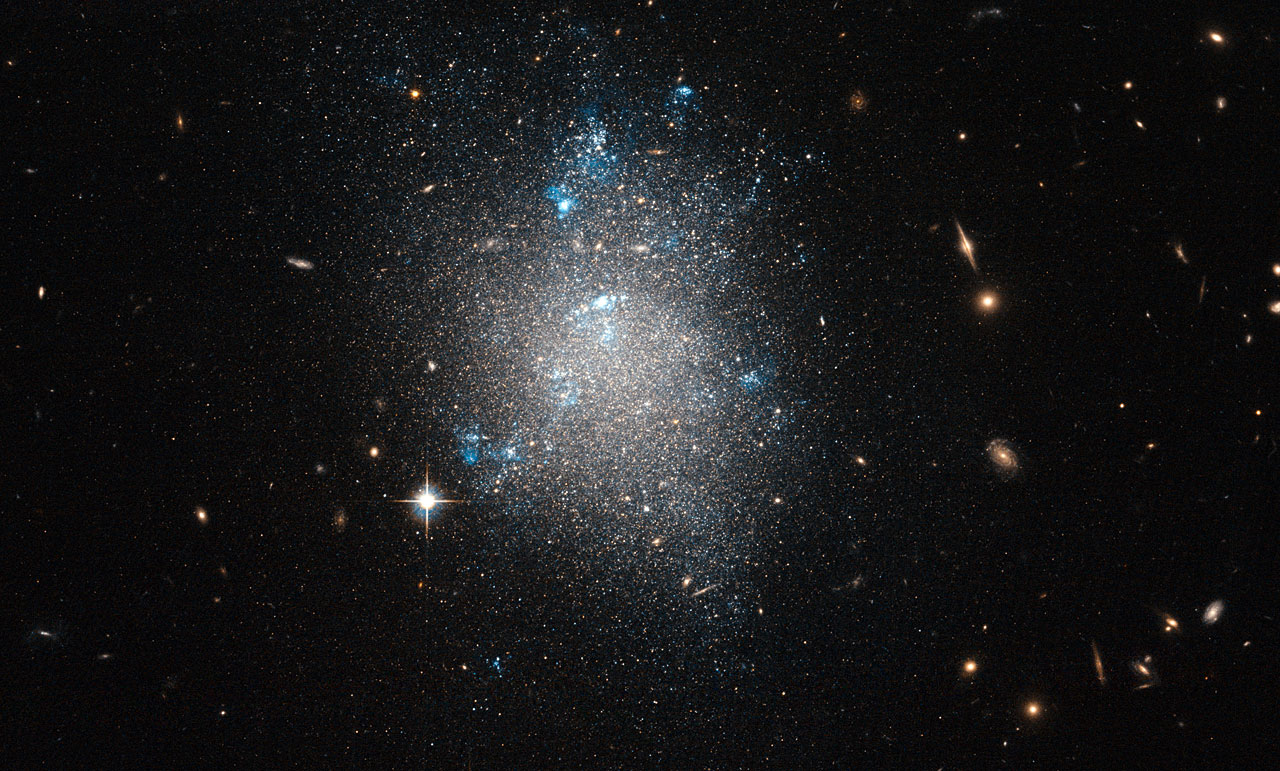Associate Professor Chris Richardson co-authors journal publication with colleagues that uses a novel approach to finding hidden molecular gas in dwarf galaxies
Nearby dwarf galaxies serve as suitable proxies for galaxies in the early universe that present many observational challenges. Molecular gas plays a crucial role in understanding how star formation progresses in dwarf galaxies, but the methods of detecting the most common molecules, H2 and CO, require a number of assumptions about the conditions present within the galaxy.
Lise Ramambason at the University of Heidelberg led a research group that included Associate Professor of Astrophysics Chris Richardson in using a novel method of accounting for “dark” molecular gas that doesn’t emit light that astronomers can observationally detect but shows up in numerical models of the dwarf galaxies.
This new technique predicts that a substantial amount of molecules sit in shielded clumps of invisible gas in dwarf galaxies, which helps understand a key ingredient for star formation in early universe. The article describing the results was recently accepted for publication in the top-tier Astrophysics & Astronomy journal, while a pre-print version of the paper is available here.



